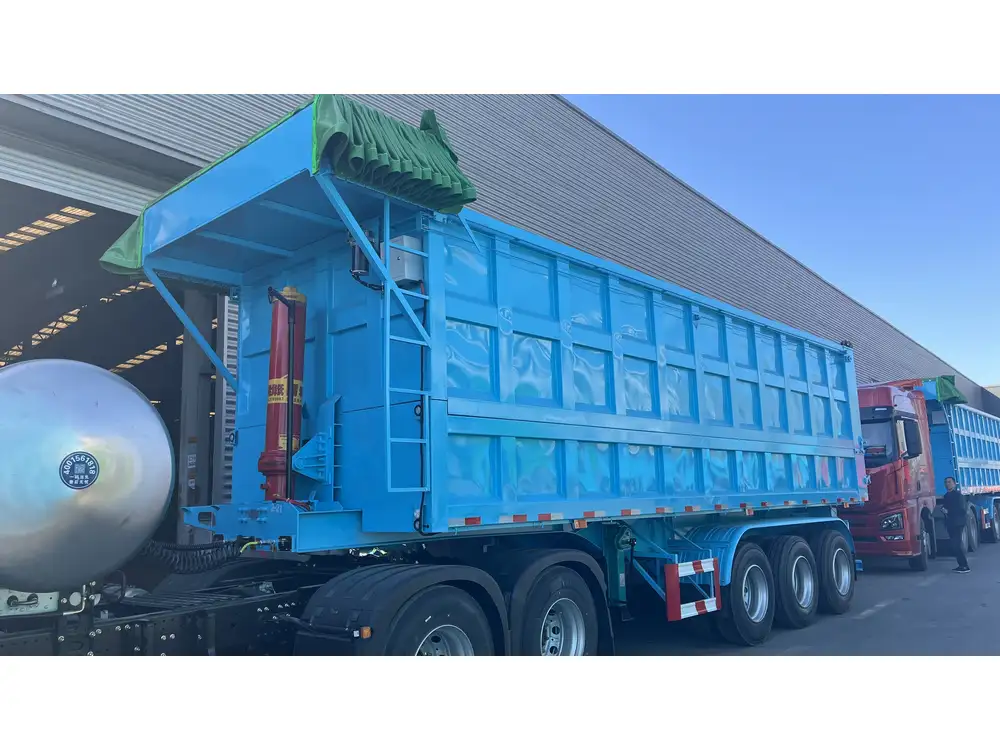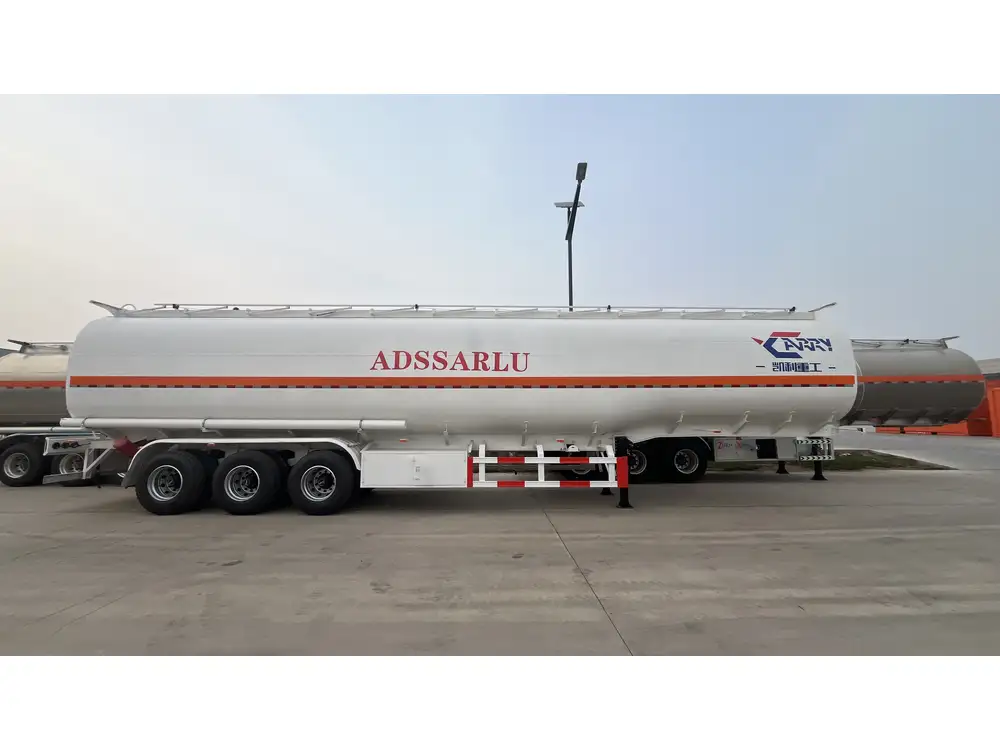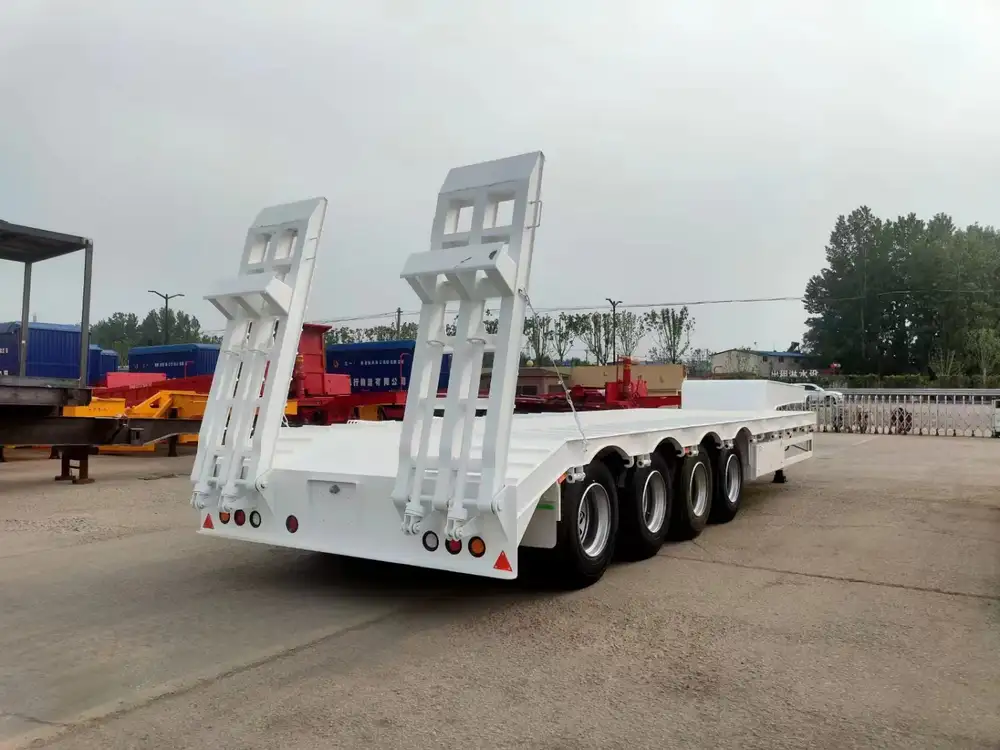Operating bulk tanker trailers equipped with steam lines requires a comprehensive understanding of both the mechanics and safe practices involved. In this guide, we will delve into the nuances of operating steam lines in bulk tanker trailers, covering best practices, potential challenges, and troubleshooting techniques to ensure optimal performance and safety.
Understanding Bulk Tanker Trailers
Bulk tanker trailers are specialized vehicles designed to transport a wide variety of liquids, including hazardous materials, food products, and chemicals. These trailers can be equipped with steam lines for various purposes, including heating the cargo, maintaining fluid viscosity, and cleaning operations. Mastering their operation not only enhances efficiency but also minimizes risks associated with improper handling and maintenance.
Components of Bulk Tanker Trailer Steam Lines
To fully grasp the operation of steam lines in bulk tanker trailers, it is essential to familiarize yourself with their key components:
| Component | Description |
|---|---|
| Steam Boiler | Generates steam used for heating liquids. |
| Steam Lines | Convey steam from the boiler to the cargo tank. |
| Valves | Control the flow of steam and allow for secure connections or isolation if needed. |
| Thermometers | Monitor the temperature of steam and liquids to ensure optimum operation. |
| Insulation | Minimizes heat loss from steam lines during operation. |
Understanding these components will significantly aid in the operation and maintenance of the steam lines.

Operating Process of Bulk Tanker Trailer Steam Lines
Pre-Operation Checklist
Before engaging the steam lines, it is crucial to perform a pre-operation inspection. Follow these steps:
- Visual Inspection: Check for any visible leaks in the steam lines, valves, and connections. Ensure that the insulation is intact.
- Test Valves: Open and close all valves to ensure they operate smoothly without leaks.
- Check Temperature Gauges: Ensure that the thermometers are functioning correctly and calibrated to avoid overheating or underheating.
- Review Safety Systems: Ensure that all pressure relief valves and safety cut-off systems are in place and operational.
Initiating Steam Flow
- Start the Boiler: Warm up the boiler as per the manufacturer’s guidelines and specifications.
- Set the Pressure: Adjust the pressure to suit the requirements of the cargo being transported. Typically, steam pressures range from 30 to 150 psi.
- Open the Valves: Open the appropriate valves to enable steam flow into the cargo tank.
- Monitor System: Keep an eye on the temperature and pressure gauges to ensure they remain within safe operating limits.

Maintaining Optimal Temperature
To maintain the effectiveness of the steam lines:
- Adjust Flow Rates: Based on the viscosity and the heating needs of the cargo, adjust the steam flow rates as necessary.
- Continuous Monitoring: Use the thermometers to continuously monitor temperatures, making adjustments promptly when deviations occur.
- Inspection During Operation: Routinely check for any signs of leaks or malfunctions throughout the operation.
Completing the Operation
Upon completing the steam process:
- Turn Off Steam Supply: Gradually close the valves to stop the steam flow.
- Allow Cooling: Let the system cool down before performing any maintenance or inspection work.
- Post-Operation Inspection: Conduct a final inspection of all components to ensure no new damage or wear occurred during operation.
Troubleshooting Common Issues
Even with careful operation, issues may arise. Here, we identify common problems and their solutions:
| Issue | Possible Causes | Solutions |
|---|---|---|
| Steam Leak | Faulty valves or damaged hoses | Inspect and replace damaged parts. Tighten any loose connections. |
| Insufficient Heating | Low pressure or faulty boiler | Check boiler pressure and functionality; adjust settings or repair as needed. |
| Temperature Fluctuation | Inconsistent steam flow or blockage | Inspect steam lines for blockages; ensure valves are fully open and operational. |
| High Pressure Readings | Blocked pressure relief valve | Inspect and clear blockage in the relief valve, if necessary replace it. |
By analyzing and resolving these issues promptly, operators can maintain efficiency and safety.

Safety Considerations
Safety is of paramount importance when operating steam lines in bulk tanker trailers. Here are essential safety measures to follow:
Personal Protective Equipment (PPE)
- Heat-Resistant Gloves: Wear appropriate gloves to protect against high-temperature surfaces.
- Safety Goggles: Always use eye protection to shield against steam bursts.
- Long Sleeves and Heavy-duty Boots: These protect the skin from hot surfaces and potential spills.
Emergency Procedures
- Steam Leaks: Develop and practice emergency protocols for steam leaks, including isolating affected areas and using appropriate extinguishing measures.
- First Aid for Burns: Familiarize all operators with basic first-aid procedures in case of steam-related burns or injuries.

Training and Certification
All operators should undergo rigorous training that encompasses:
- Theoretical knowledge of steam systems.
- Hands-on operation and practical troubleshooting.
- Safety protocols for emergency incidents.
Maintenance Best Practices
To ensure the longevity and reliability of steam lines in bulk tanker trailers, a comprehensive maintenance schedule must be implemented.
Regular Inspections
Conduct routine inspections monthly or bi-monthly, examining:
- Steam lines and hose conditions for wear and tear.
- Valves and their functionality.
- Insulation for effectiveness and integrity.

Scheduled Service
Regularly schedule professional services to conduct thorough checks of:
- Steam boilers for efficient operation.
- Calibration of gauges and thermometers to verify accuracy.
Documentation
Keep meticulous records of all inspections, repairs, and services performed. This information not only supports compliance with safety standards but also aids in troubleshooting future issues.
Conclusion
Operating bulk tanker trailer steam lines requires meticulous attention to detail, consistent maintenance, and thorough understanding of both mechanical components and safety protocols. By following the outlined steps and best practices, operators can ensure efficient processes while minimizing risks. For those in the industry, investing time in training, inspections, and adherence to safety standards is not just beneficial; it is essential for ongoing operational success. This level of diligence ensures the efficient transportation of goods while maintaining the highest safety standards, fostering trust with customers and stakeholders alike.



